* (restored)
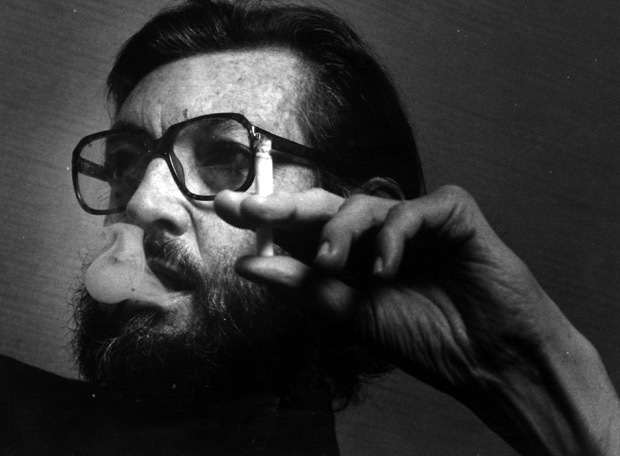
THE GREATEST BLURB EVER WRITTEN,
or WHY THERE ARE SO MANY BALD PEOPLE
“Anyone who doesn’t read Cortázar is doomed. Not to read him is a serious invisible disease which in time can have terrible consequences. Something similar to a man who has never tasted peaches. He would quietly become sadder…and probably, little by little, he would lose his hair. I don’t want these things to happen to me, so I greedily devour all the fabrications, myths, contradictions, and mortal games of the great Julio Cortázar.”
-Pablo Neruda
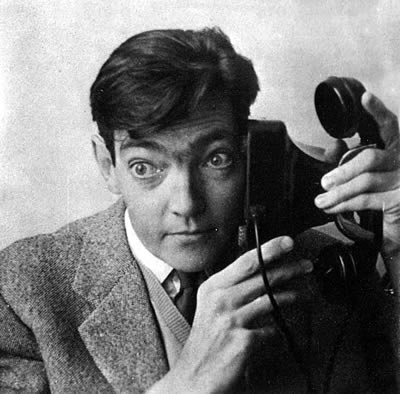
AN INTRODUCTION
The great Argentinean writer Julio Cortázar has already been introduced here once before, focusing on his exceptional collection Blow-Up and Other Stories. Check out that post for more general details and links about his life.

A NEWLY DISCOVERED INTERVIEW
The idea here is to delve a bit deeper into his work. There are surprisingly few interviews with Julio Cortázar on the web. In the course of some research, I stumbled across a remarkable in-depth profile of him in the book Into the Mainstream: Conversations with Latin American Writers by Luis Harss and Barbara Dohmann. The book was published in 1967 and is long out-of-print, so I thought I’d share some of the most revealing sections of this extensive interview.

SOME OPENING REMARKS
The Slow Starter
“I was very doubtful about having a book published. In that sense I think I was always very clear-sighted. I watched myself develop and I didn’t force things. I knew that at a certain moment what I was writing was worth quite a bit more than what was being written by other people of my age in Argentina. But, because of the high idea I have of literature, I thought it was stupid to publish just anything as people in Argentina used to do in those days. So I held my fire.” – Julio Cortázar
Avoiding the Plateau
“In everything I’d written I’d been satisfied with inventing pure fantasies. The mere fact of imagining a fantastic situation that resolved itself in a way that was aesthetically satisfactory was enough for me. But I reached a point where I felt I had to deal with something that was a lot closer to me. Fantasy for its own sake had stopped interesting me. By then I was fully aware of the dangerous perfection of the storyteller who reaches a certain level of achievement and stays on that level forever. I was a bit sick of seeing how well my stories turned out. I wanted to stop inventing and stand on my own ground, to look at myself for a bit.” — JC
A Manifesto, of sorts
“I like marginal situations of all kinds. I prefer back alleyways to main thoroughfares. I detest classic itineraries – at every level. These days the great classics, as we might call them, interest me a lot less because I find myself more or less at odds with them. Nobody can deny their remarkable achievements, but they’re entirely circumscribed within the mainstream of Western tradition. What interests me more and more is what I would call the literature of exception. A good page of Alfred Jarry stimulates me much more than the complete works of La Bruyere. This isn’t an absolute judgment. But I agree with Jarry’s great pataphysical principle: ‘The most interesting things are not laws but exceptions.’ The poet must devote himself to hunting for the exceptions and leave the laws to the scientists and other serious writers. Exceptions offer what I call an opening or a fracture, and also, in a sense, a hope.” — JC
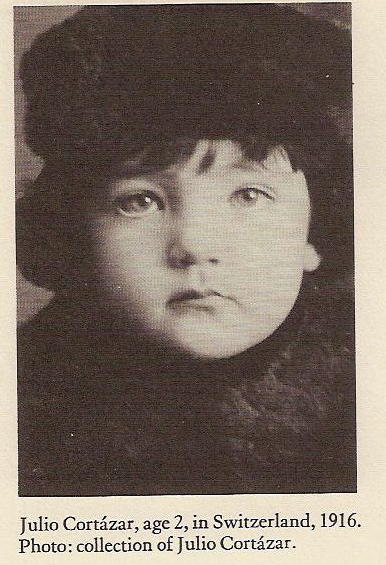
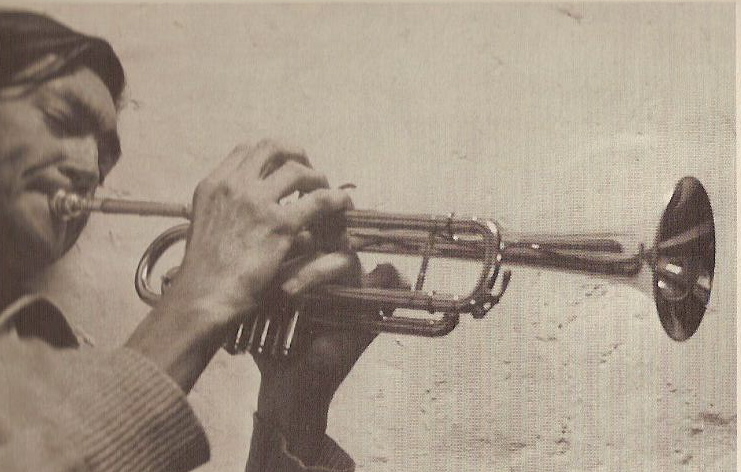
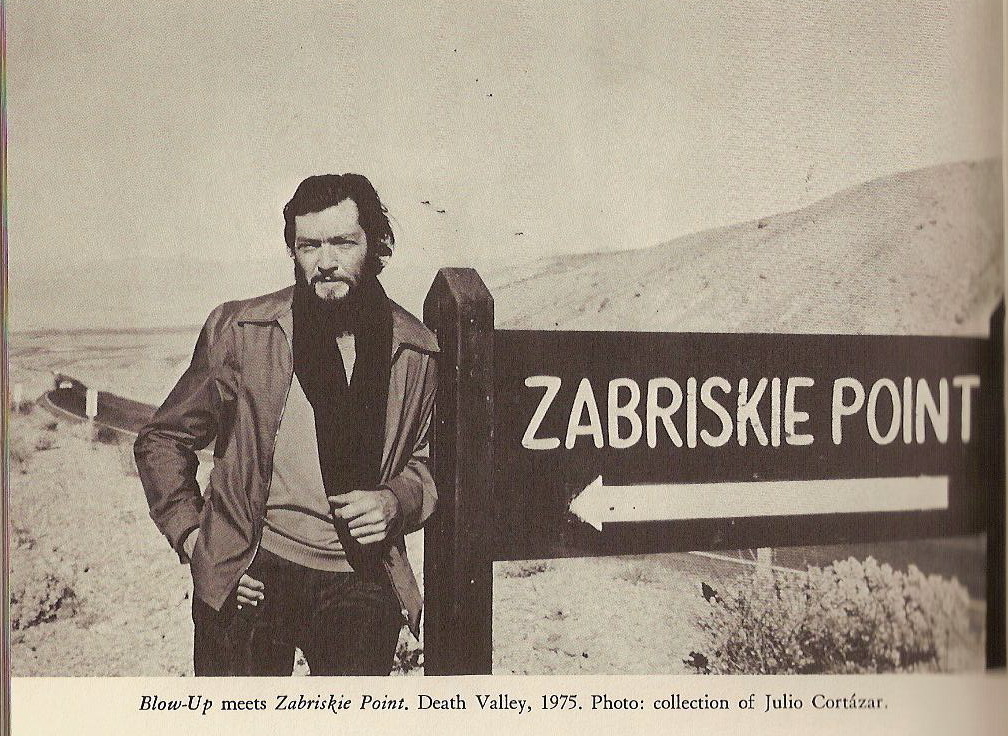
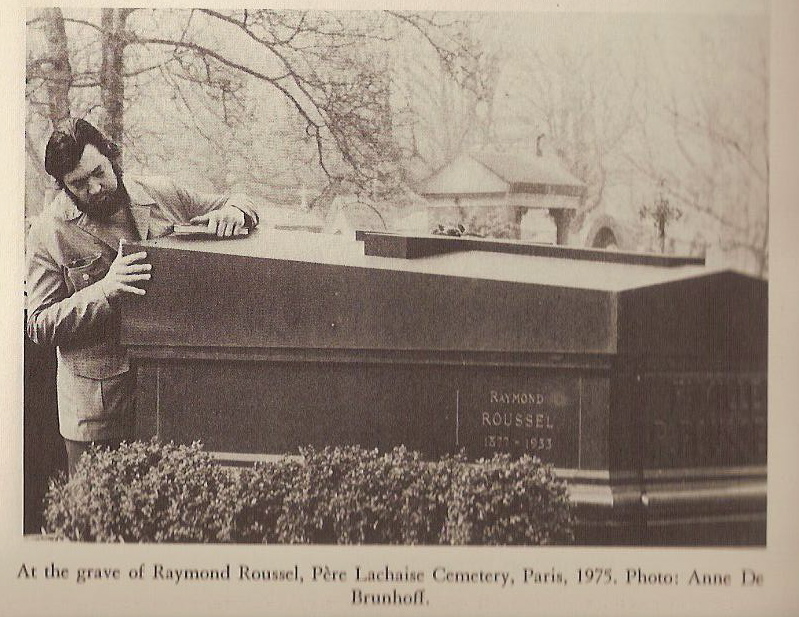
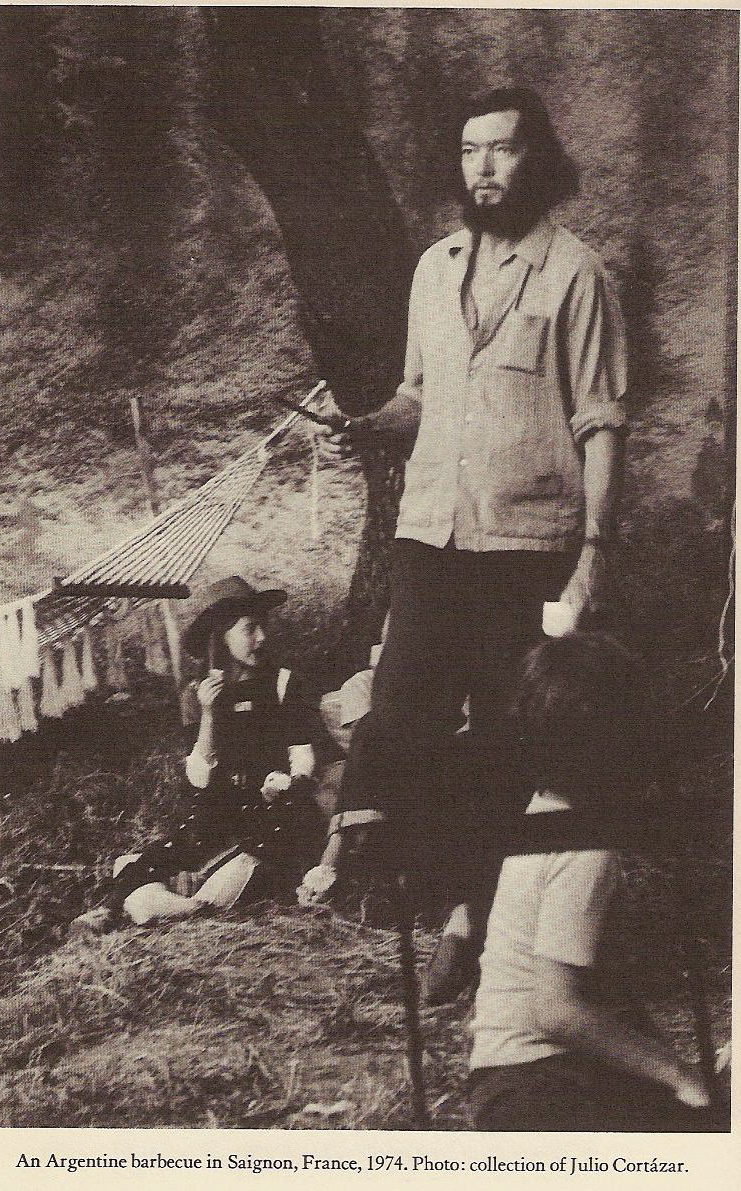
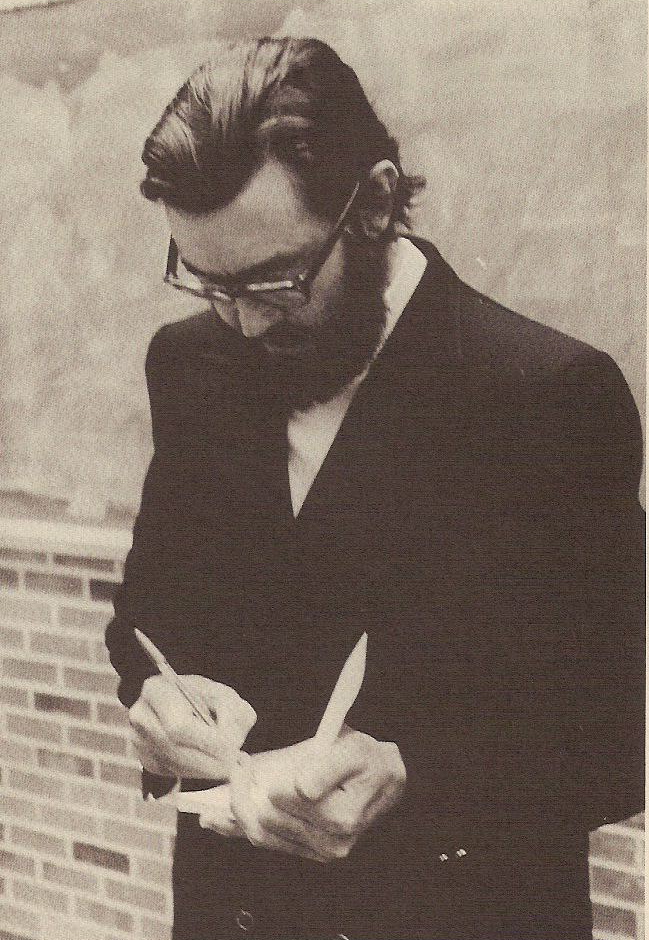
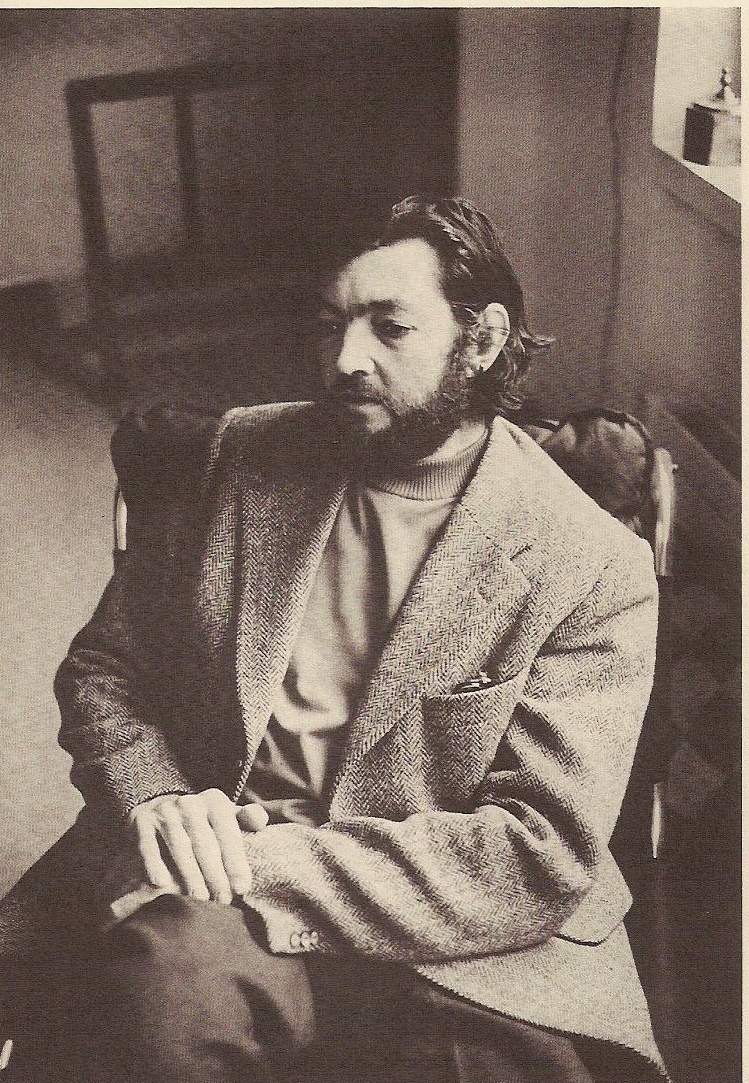
A SELECTIVE OVERVIEW OF HIS WORK
1) The Short Stories

Blow-Up and Other Stories

All Fires the Fire
Cortázar wrote short stories throughout his career and they’re one of the cornerstones of his work. These two early collections combine stories from various books and comprise his best work in the genre. Which is to say, pieces like “Bestiary,” “End of the Game,” “The Gates of Heaven,” “The Pursuer,” “The Southern Thruway,” and “Instructions for John Howell” are among the very best short fiction ever written.
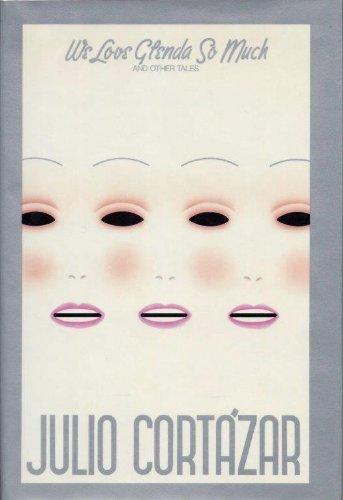
We Love Glenda So Much
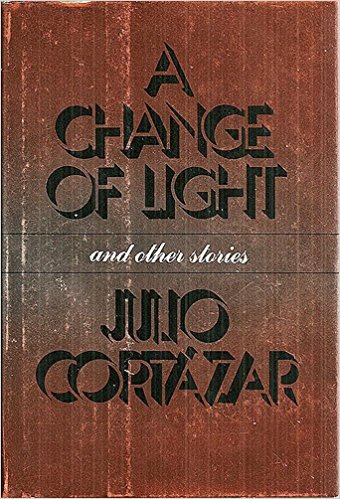
A Change of Light
These two later collections offer a grab bag of narrative approaches. They’re written in a sparer prose and a bit less successful overall. Still plenty of gems, including “Orientation of Cats,” “Story with Spiders,” and “A Change of Light.”
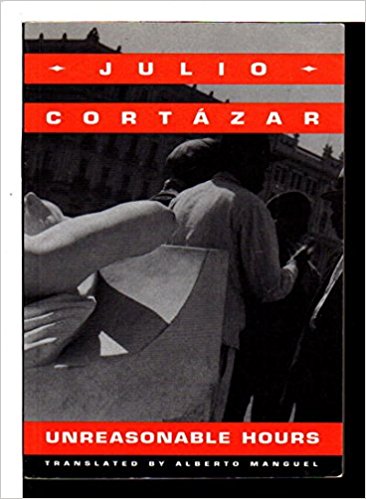
Unreasonable Hours
His last collection, often overlooked even by fans, finds Cortázar returning to the fantastical mode that made him famous. “A Leg of the Journey” is one of his masterpieces, both haunting and inscrutable. “Nightmares” and “The School At Night” combine horror and politics in subtle ways.
“The truth is that though these stories may seem like games, while I was writing them I didn’t think of them that way at all. They were glimpses, dimensions, or hints of possibilities that terrified or fascinated me and that I had to exhaust by working them off in a story.” – JC
“The style does not seem careful, but each word has been chosen. No one can retell the plot of a Cortázar story; each one consists of determined words in a determined order. If we try to summarize them, we realize something precious has been lost.” –– Jorge Luis Borges
2) The Not-Quite Short Stories
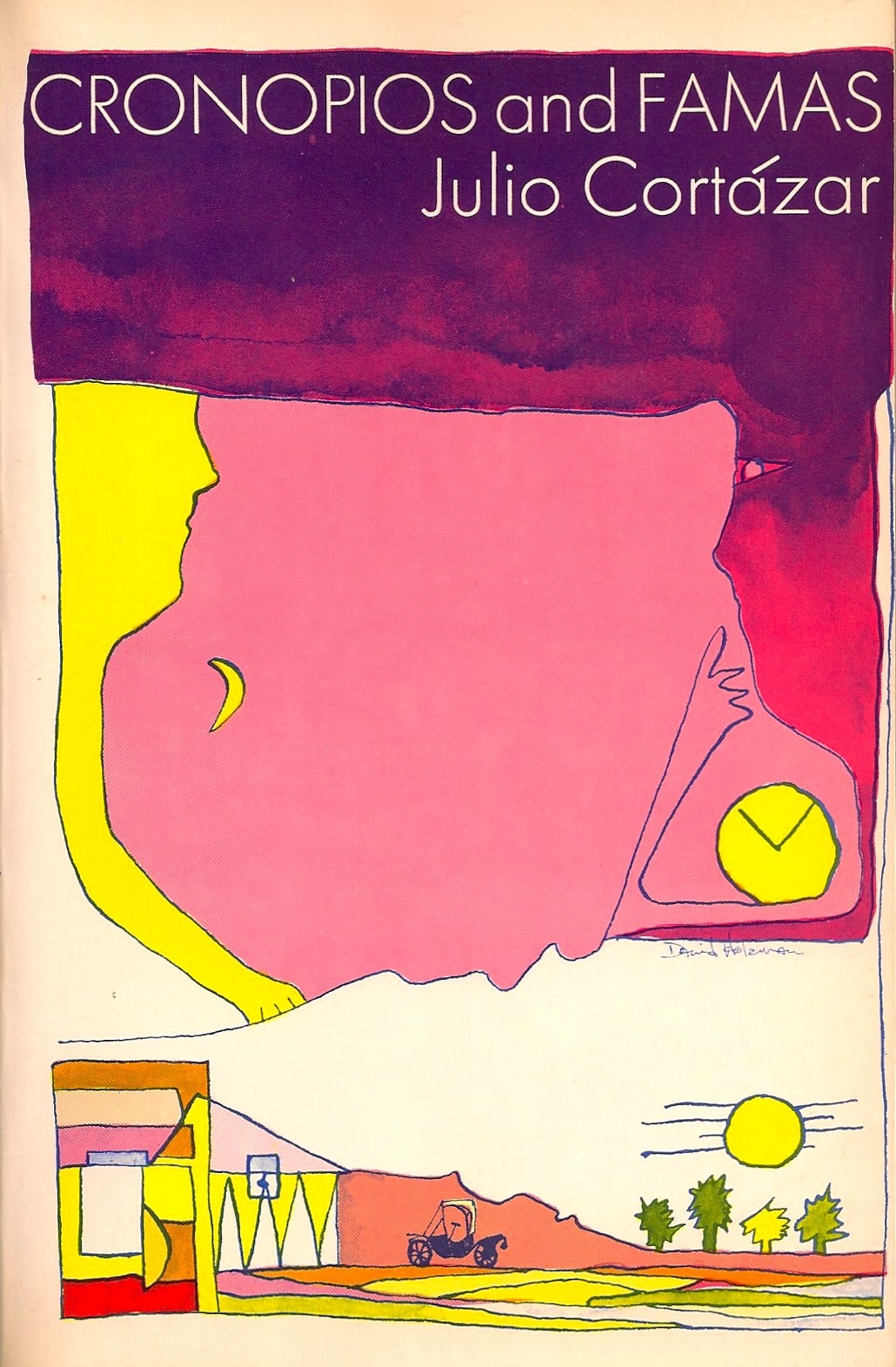
Cronopios and Famas
A one-of-a-kind whatsit that’s his most whimsical and overtly experimental book.
“Contents include: Instructions for mounting a staircase, for winding a clock; a sketch about a man who loses his head and learns to detect sounds, smells, and colors with his sense of touch; a section called `Strange Occupations’ which works its effects under the skin, on raw nerve ends. In Cronopios, corpses grow nails, the bald drop their wigs. The author is constantly emptying his pockets under the table.” – Into the Mainstream
3) The Great Novel
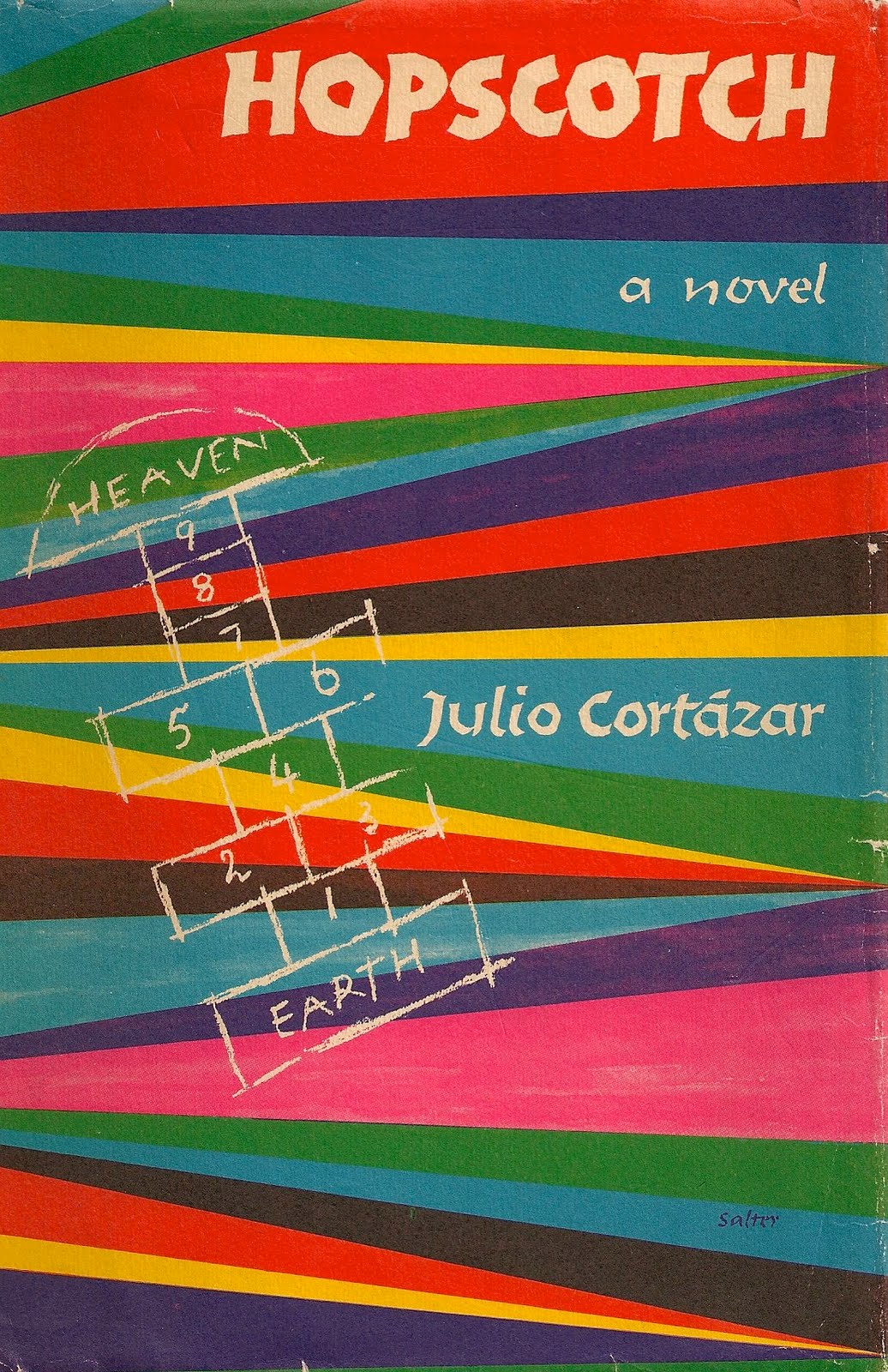
Hopscotch
Widely acknowledged as a classic, Hopscotch has been called the Ulysses of Latin American literature. The novel that can be read in several different ways, allowing the reader to decide their path as they hopscotch throughout the book’s many chapters. It’s challenging, great fun, and often funny.
“In Hopscotch, jokes, gags, are not only dramatic elements but stitches in the narrative fabric. Whole scenes are built on them. Cortázar is a great improviser. His humor can be harsh, hectic, grotesque, ironic, jeering. He is a master of parody, jabberwocky, wordplay, non sequitur, obscenity, even cliché, which he exploits with predatory relish. Farce alternates with fantasy, slang with erudition. Puns, hyperbole, innuendo, sudden shifts and dislocations, all the resources of comic art, including virtuoso nonsense passages, are to work with inexhaustible versatility.” – Into the Mainstream
“I detest solemn searches. What I like above all about the masters of Zen is their complete lack of solemnity. The deepest insights sometimes emerge from a joke, a gag, or a slap in the face. In Hopscotch, there’s a great influence of that attitude, I might even say of that technique.” – JC
4) The Controversial Novel
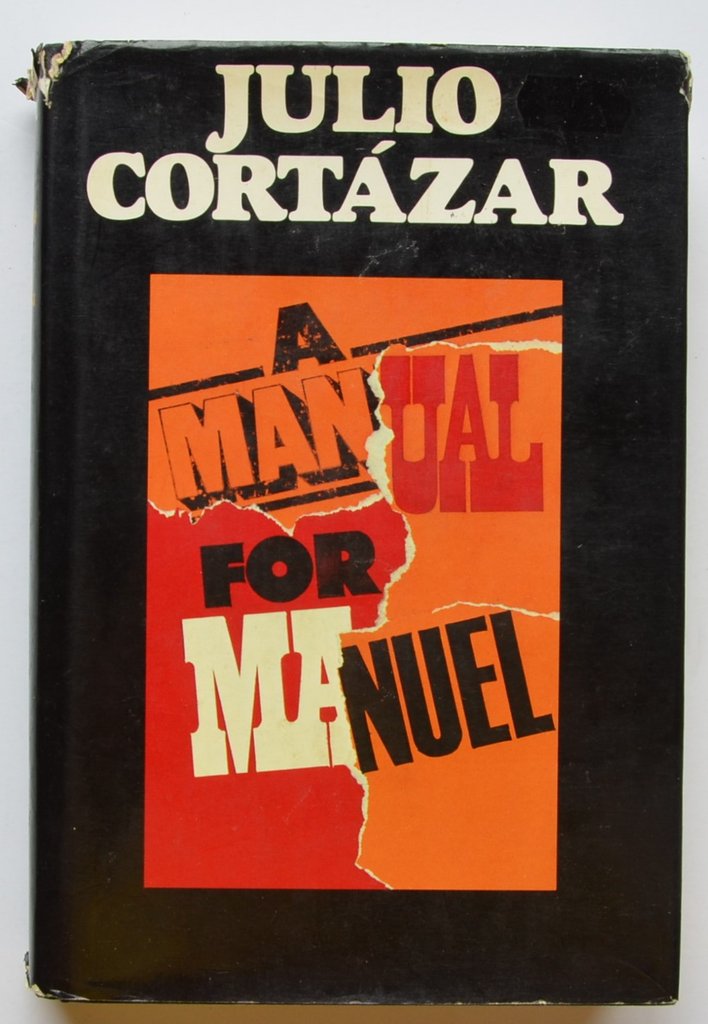
A Manual for Manuel
Starting in the 1960s, Cortázar became increasingly involved in leftist political causes. This continued throughout his life, including drawing attention to the atrocities committed in Central America during the 1970s and 80s. A Manual for Manuel is his overtly political novel, which won the prestigious Prix Medicis but was widely dismissed by American critics as agit prop. In fact, Cortázar had bolded expanded the possibilities of the political novel, collaging in elements of pure fantasy and factual news accounts. The result was similar to how Jean-Luc Godard reimagined political filmmaking with Weekend.
“A liberating book which presents a heroic notion of revolution difficult to realize. There will be room in it for Andy Warhol, aleatory music, Rimbaud, Joni Mitchell, and magic.” – Times Literary Supplement
“One of the most urgent Latin American problems is that we need more than ever the Che Guevaras of the language, revolutionaries of literature rather than literati of revolution.” – JC
5) The Hybrid Books
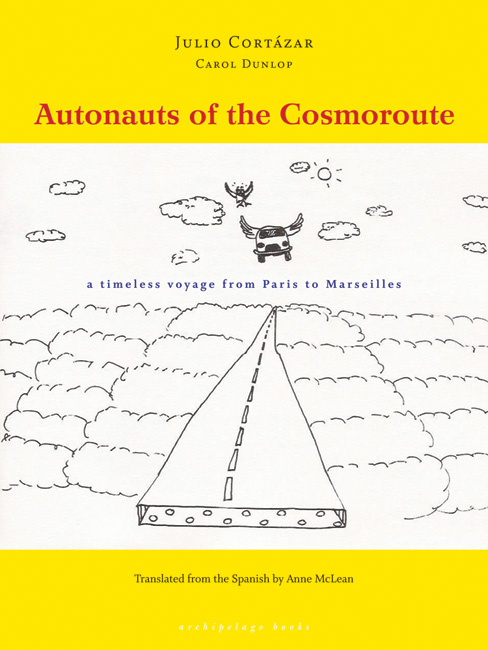
Autonauts of the Cosmoroute
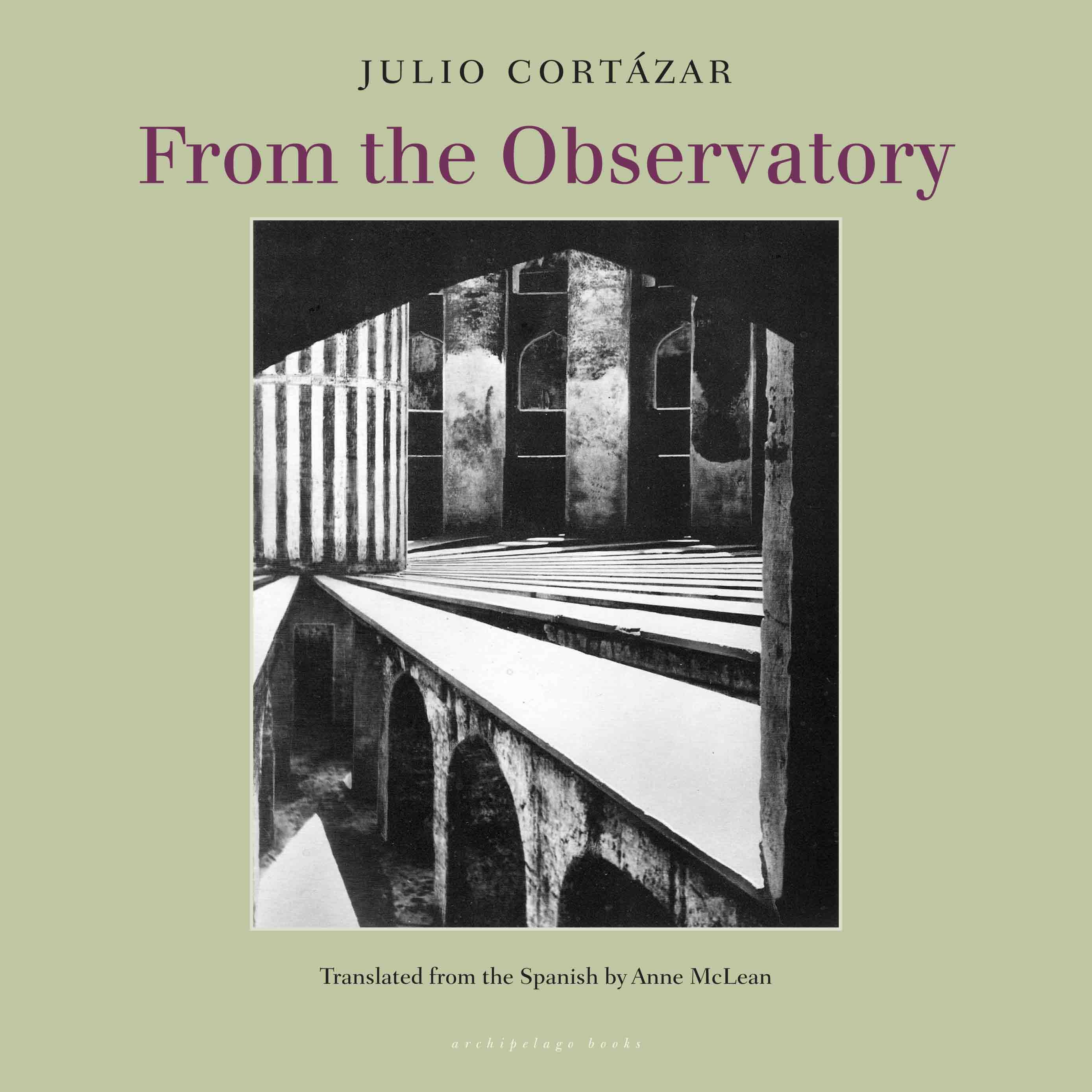
From the Observatory

Around the Day in Eighty Worlds
These books are charming mash-ups of essay, fiction, nonfiction, photographs, and illustrations. The wide-ranging and intermingled subjects include Marcel Duchamp, Indian astronomical observatories, the life cycle of eels, broken dolls, a month-long pilgrimage with his wife along the Parisian freeway system, and much more.
“The photos are placed intentionally so that the reader may complete the selection with a visual image. The idea of collage fascinates me. If I had technical means to print my own books, I believe I would keep on making collage-books.” -JC

JULIO CORTAZAR’S GREAT ANTI-NOVEL
The pinnacle of his work, 62: A Model Kit is Cortazar’s most underappreciated novel. It takes its title from Chapter 62 of Hopscotch, where the writer Morelli shares some notes about the ideal book he’d someday like to write:
If I were to write this book, standard behavior would be inexplicable by means of current instrumental psychology. The actors would appear to be unhealthy or complete idiots. Not that they would show themselves incapable of current challenges and responses: love, jealousy, pity, and so on down the line, but in them something which Homo sapiens keeps subliminal would laboriously open up a road as if a third eye were blinking out with effort from under the frontal bone. Everything would be a kind of disquiet, a continuous uprooting, a territory where psychological causality would yield disconcertedly, and those puppets would destroy each other or love each other or recognize each other without suspecting too much that life is trying to change its key in and through and by them.
This connection has led many readers and literary critics to assume the novel is a mere technical exercise or an appendage to its predecessor. Critic Michael Hardin asserts: “62: A Model Kit becomes an extension of Hopscotch, yet another chapter which must be read and incorporated.”
This is bullshit. 62 not only stands as its own work, it’s Cortázar’s most ambitious, accomplished, and fully realized novel. He manages to devise his own counterlanguage and rewire the concepts of plot, setting, and characterization. It’s a staggering achievement with little precedent. The closest analog might not be in literature, but Jacques Rivette’s wild films of the 1970s like Duelle and Noirot.
The continual dislocations of time and space (not to mention the vampire subplot!) lend the novel’s realist situations a vertiginous sense of the fantastic. The point of view keeps shifting from character to character, slowly emphasizing a collective web of relationships over any one personality. The book is full of peculiar juxtapositions, tonal registers, and emotional hues. It can be tough going in the beginning while you’re getting the hang of it, but the novel’s style soon becomes intoxicating as you begin to see how the various intertwined and overlapping stories are hurtling toward their climaxes.
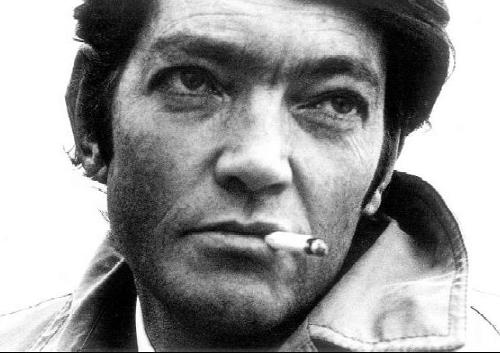
CORTAZAR TALKS ABOUT 62
The interview for Into the Mainstream was conducted while Cortázar was in the midst of writing 62: A Model Kit. Many of his comments refer either directly or obliquely to this difficult project. They offer the best insights I’ve found to this remarkable book:
“There’s a terrible paradox in being a writer, a man of words, and fighting against words. It’s a kind of suicide. But I want to stress that I don’t fight against words as a whole or in essence. I fight against a certain usage, a language that I think has been falsified, debased, made to serve ignoble ends. Of course I have to fight by means of the words themselves.
“That’s why Hopscotch, from a stylistic point of view, is very badly written. There’s even a part (chapter 75) where the language starts to become very elegant. Oliveira remembers his past life in Buenos Aires and does so in polished and highly chiseled language. It’s an episode that’s written fussing over every word until, after about half a page, suddenly Oliveira breaks out laughing. He’s really been watching himself all the time in the mirror. So then he takes his shaving cream and starts to draw lines and shapes on the mirror, making fun of himself. I think that scene fairly well sums up what the book is trying to do.
“The book I want to write now, which I hope I can write because it’s going to be much more difficult than Hopscotch, will carry this to its final consequences. It will be a book that will probably have very few readers because the ordinary bridges of language that the reader logically expects will have been reduced to a minimum. In Hopscotch there are many bridges left. In that sense, Hopscotch is a hybrid product, a first attack.”
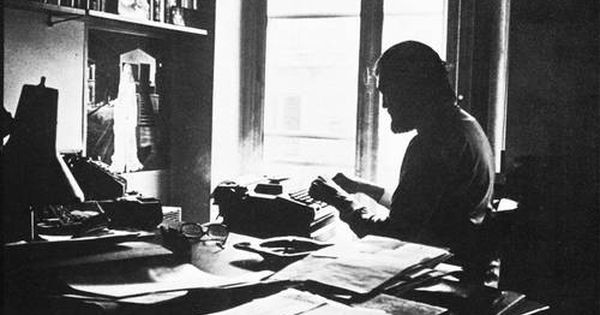
ARCHITECTURE OF THE ANTI-NOVEL
“I’m going to try to create my own language. The ideal would be to arrive at a language that would reject all the crutches (not only the obvious ones but the others, the ones under cover) and trappings of what is so cheerfully referred to as a literary style. The concept of ‘figures’ will be of use to me instrumentally, because it provides me with a focus very different from the usual ones in a novel that tends to individualize the characters and equip them with personal traits and psychologies.
“I’d like to write in such a way that my writing would be full of life in the deepest sense, full of action and meaning, but a life, action, and meaning that would no longer rely exclusively on the interaction of individuals, but rather on a sort of superaction involving the ‘figures’ formed by a constellation of characters. I realize it isn’t easy at all to explain this.
“I feel daily I’m less of an egoist and more aware of the constant interactions taking place between other things or beings and myself. I have an impression that all that moves on a plane responding to other laws, other structures that lie outside the world of individuality. I would like the book to show how these figures constitute a sort of break with, or denial of, individual reality, sometimes completely unknown to the characters themselves. One of the many problems with this scheme, a problem already hinted at in Hopscotch, is to know up to what point a character can serve a purpose that is fulfilling itself outside of him, without being the least aware of it, without his realizing that he is one of the links in that superaction or superstructure?”
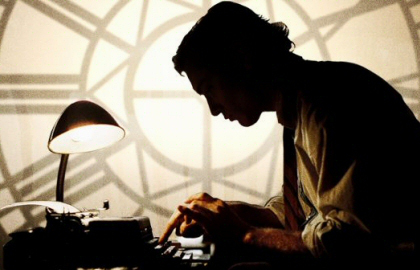
WIPING THE SLATE
“When all is said and done, I feel very much alone and I think that’s as it should be. In other words, I don’t rely on western tradition alone as a valid passport and culturally I’m also totally disconnected from eastern tradition. The truth is, each day I lose more confidence in myself, and I’m happy. I write worse and worse, from an aesthetic point of view. I’m glad, because I think I’m approaching the point where perhaps I’ll be able to start writing as I think one ought to write in our time. It may seem a kind of suicide, in a sense, but it’s better to be a suicide than a zombie. It may be absurd for a writer to be insist on discarding his work instruments. But I think those instruments are false. I want to wipe my slate clean, start from scratch.”
____
—-
*
p.s. Hey. ** Misanthrope, Hi. So far so good: Da. Oh, right, Labor Day, I remember that. Is that young Spanish player I like and that you don’t doing the US Open? I guess I’m for him. ** Dominik, Hi!!! I only know that my Legder obsessed friend thinks he peaked when he was the star of some TV series called ‘Roar’. You basically nailed salt water taffy. I remember wishing I had a miniature forklift to help pry it out of my teeth. I think the more I talk about it, the more I think I’ll be just fine without it. Hm, it might be too difficult to explain the haunted house sequence’s difficulty, but let me see if I can try. We didn’t shoot it as a walkthrough. You see bits and pieces of it out of order, and they can be organised in any order we want. And until yesterday, when I think we might have finally figured the structure out, nothing was working. Also, a lot of it is seen through the ghost’s eyes, and the ghost gets increasingly emotional, and we don’t have the ghost sound/presence yet, which makes it very hard. The film has this particular sort of tone/quality, sort of emotional but funny and dark, and the haunted house was throwing everything off and destroying the ending of the film (it’s near the end), and that was a huge problem. Yeah, I guess it is too difficult to describe. But we maybe made headway yesterday. And now we have to devise the ghost’s sound because, without it, it’s impossible to know what he right thing is to do. Sorry for the not that helpful answer, but thank you for asking me. I think that, under certain circumstances, I do love howling boys, love. Thank you for asking. How are you, big D? What’s happening? Love finding himself able to talk about various subjects, or on the contrary, be silent or shout, G. ** Tosh Berman, Hi. I did wonder if you meant Harry and that Semiotext(e) book. I’m curious to read it. I think I mentioned I met HS once and he was very creepy to me, so I’d like to get past that. ** Mark, Hey! Welcome back to the US and DC’s! Sounds totally exciting. So, I haven’t gotten the zine yet weirdly. What I thought was the zine package wasn’t. I’m going to have to go really make the concierge search through his stuff. I’m obviously excited and bereft. The French mail system is really messy, I don’t know why. So, anyway, I’m still waiting and jonesing. Cool, and thank you a lot, about the Tom of Finland shebang. I’ll wrack my brains about queer zine makers. Hm, let me think. But it’s really great to see you! I’m still just film-film-film over here, but I’m essentially alright. xo, me. ** _Black_Acrylic, Hi. Ooh, let me see if that film is on my Prime over here. Very intriguing. I know about the French gay porn industry, which was/is pretty active, but I know zip about the straight side, and yet there must have been a heady one, it being France and all that. ** Steve Erickson, Hey. As soon as I get another break from the film work, I’m going to look into Civeyrac, information-wise and post-wise. We’re going to do the upcoming submissions one way or another. It’s just a matter of how finished we can get the film to be by then. There’s a programmer at Sundance who specially asked for the film, so we don’t want to miss that, albeit long shot, chance. And Berlin’s deadline isn’t until early November. We really don’t want to wait until next summer. Really don’t. If we don’t get into the first round of festivals, we’ll have to go, I guess. That would really suck. Good, I’ll start hunting for the Armand Hammer. Sounds very promising indeed. ** Cody Goodnight, Hi, Cody. I’m good, just a little fried and stressed from the marathon film work. I do love editing, but I’ve only edited our stuff. I’ve never seen ‘Daria’, isn’t that weird? May your good vibes stick around through the weekend at least. And definitely at least for today, man. ** Ollie ~(‘o’)~, Oh, no, a new (not new) name is nothing but refreshing. Do you have little tricks or exercises or anything that you can use to ward off those ‘things’ that work for you at least sometimes? Obviously, I super extremely hope you get that Halloween store job. I’m counting the fractions of seconds until the Halloween season kicks in. Oh, yeah, I know those piercings. Cool. I have a couple of other friends with them. Dude, if you can do your own haunted house, I can’t think of anything more than you or anyone should do. Wow! I think I stopped wearing Halloween costumes when I was a little kid for some reason. And I don’t remember them other than a pirate costume that I appear to have worn in an ancient family photo. I think I dressed up as a scary princess one year maybe? Oh, wait, I did dress up for a Halloween party when I was in college, but I just dressed up as myself as a teenager, which was only a couple of years earlier. ** Bill, Yes, I saw that Hardy Boys reference, and I immediately thought, this slave is definitely a fake. I just read about the typhoon. Batten down. Hopefully it’ll be more exciting than the California hurricane. ** John Newton, Cool, glad the ‘Nog’ post worked. I never saw the ‘Jesus’ son’ film, did I? No. I’m not wild on adaptations. I never used PCP or angel dust, no. I basically used drugs as a way to experiment to make my brain and my writing more wide and exciting, and those two drugs did not seem like they’d be helpful. I took a ton of LSD as a teen, and I had a very, very bad trip. After that I had to stop smoking marijuana and hash because they would trigger scary remnants of the bad trip. My theory is that the vast majority of the slaves are fakes just hunting for wild minded ‘Masters’ or fake Master dudes to help them jerk off while messaging. ** Nick., Hi. I totally spaced on the blue moon. Anyway, I think the sky was clouded over here that night. Thanks so much for saying that about, well, me. I’m happy you feel comfortable with me. Yeah, I guess I’m sort of an attentive, nice person, or so people who actually know me IRL say. Anyway, cool, because I like talking with you. Have the best day that the day allows. ** Right. Today I’ve restored the fine novelist (and other things) Jeff Jackson’s excellent post about the fiction maestro Julio Cortazar, and I hope you will find things to think about and/or do productively within it for yourselves. Thanks again from the future, Jeff. See all of you tomorrow.
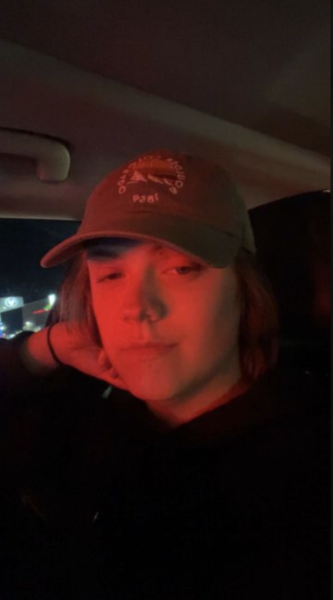
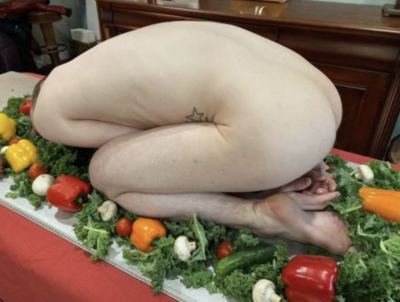

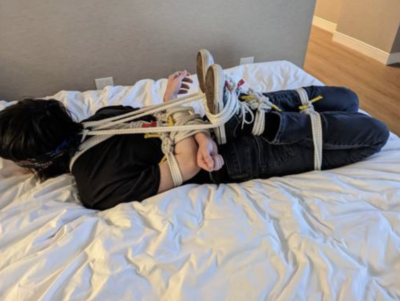
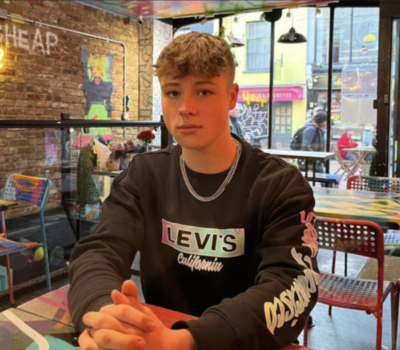

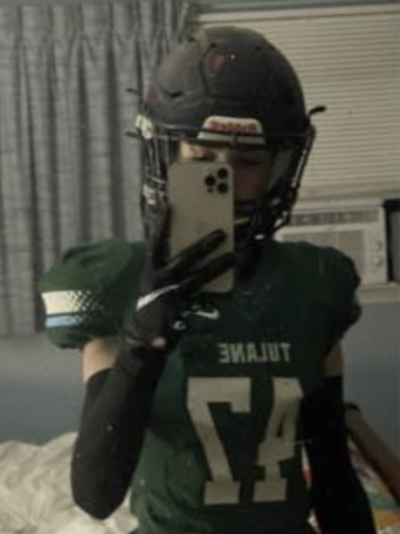
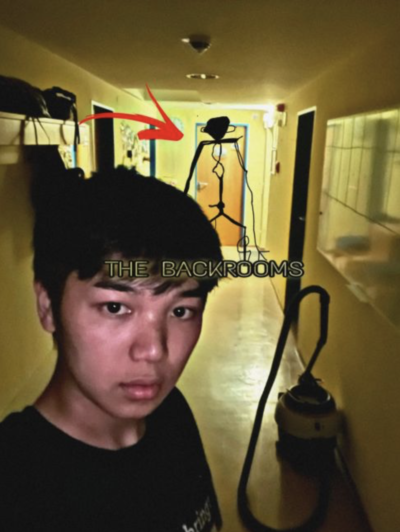
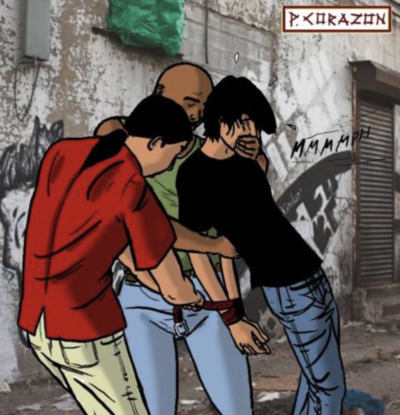
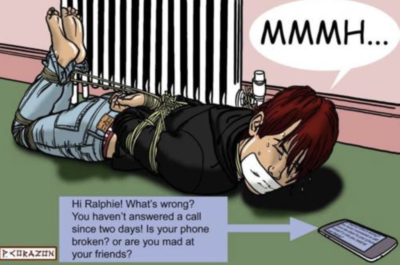
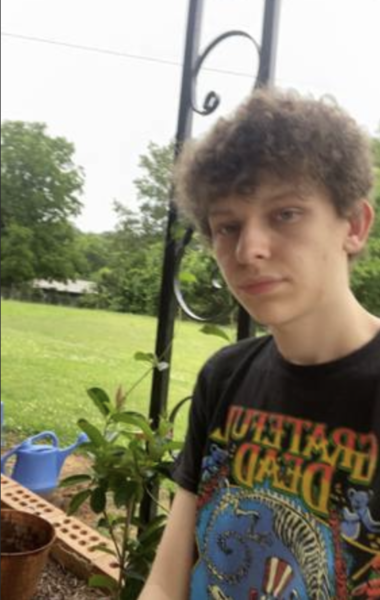
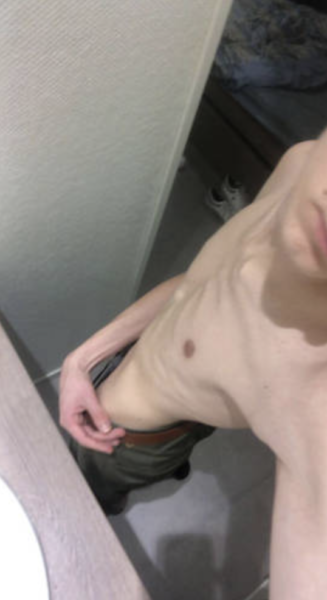
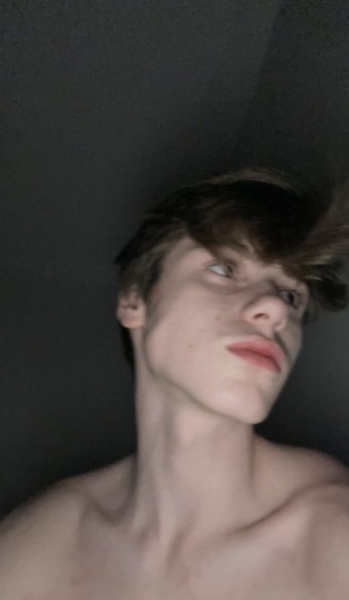

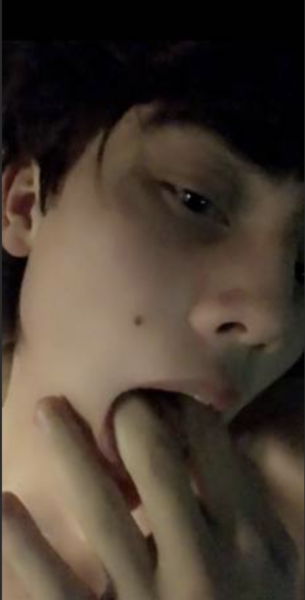

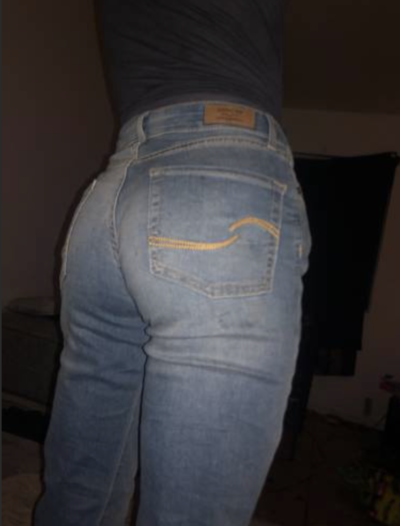
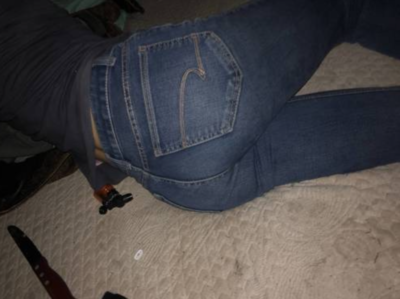



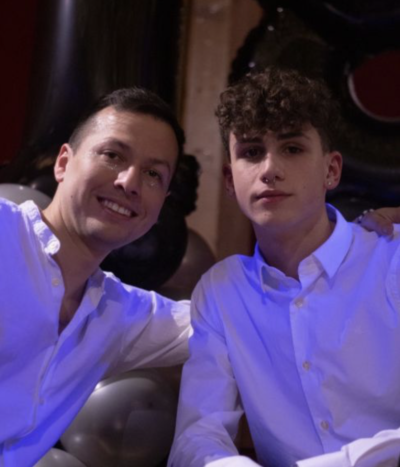
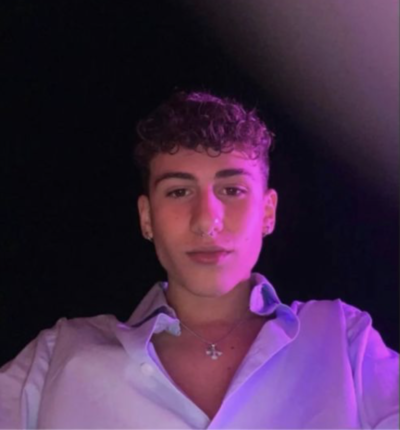
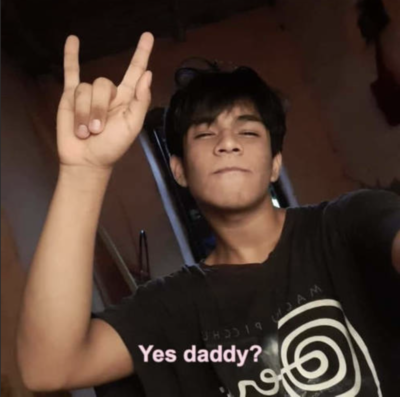
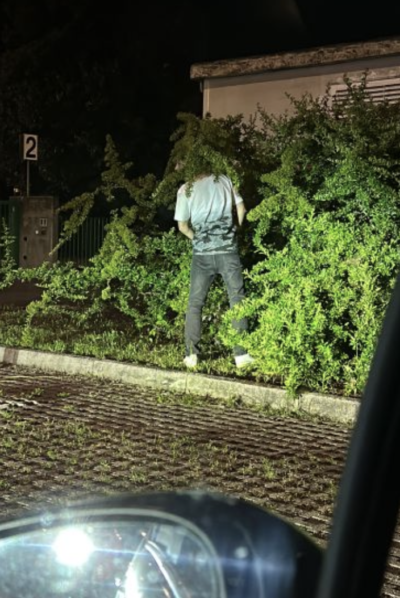
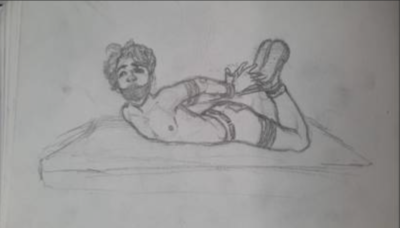





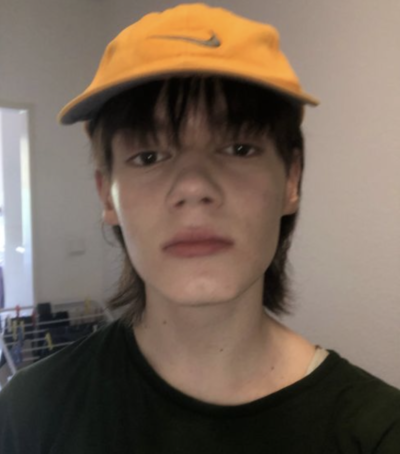
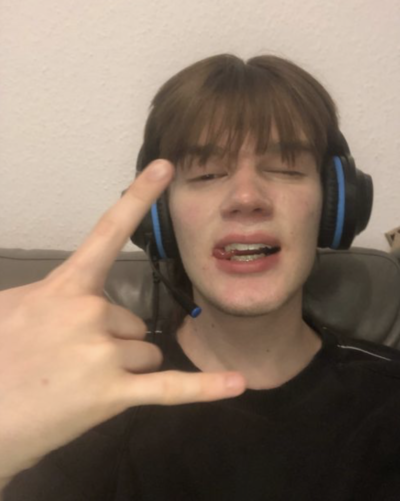
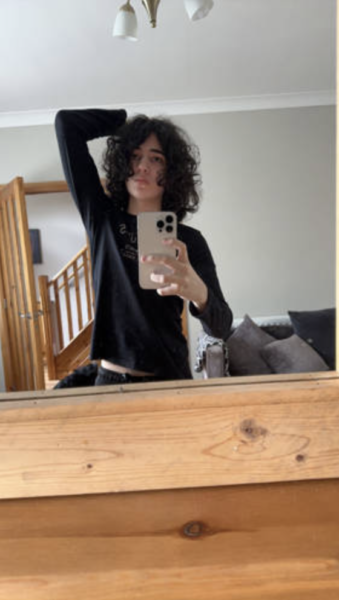

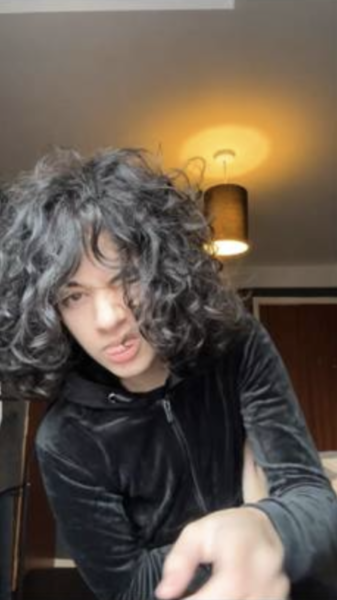
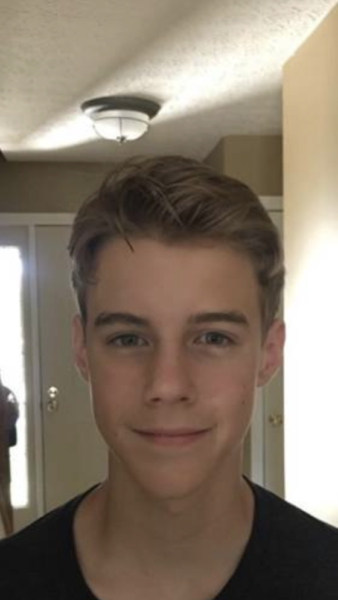
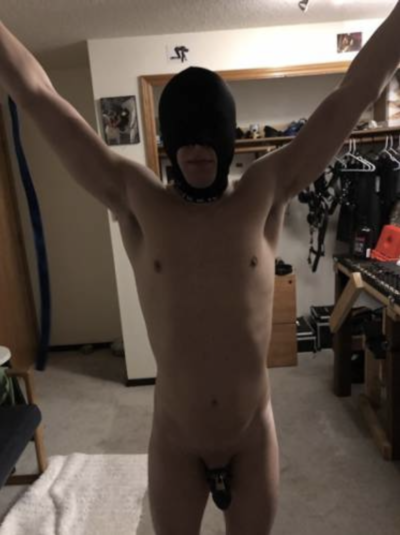

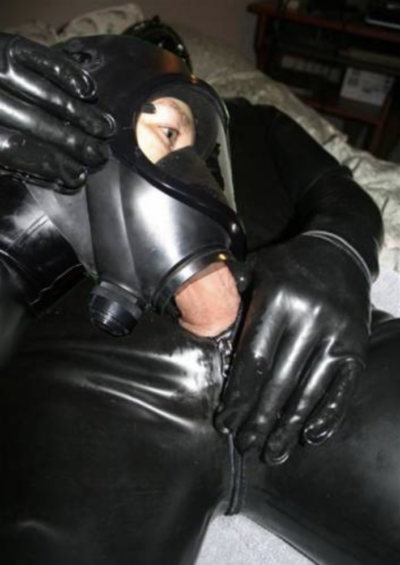
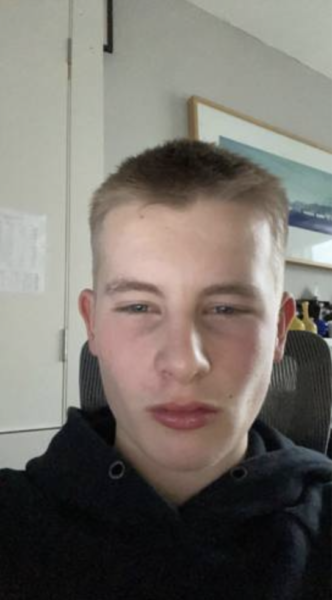
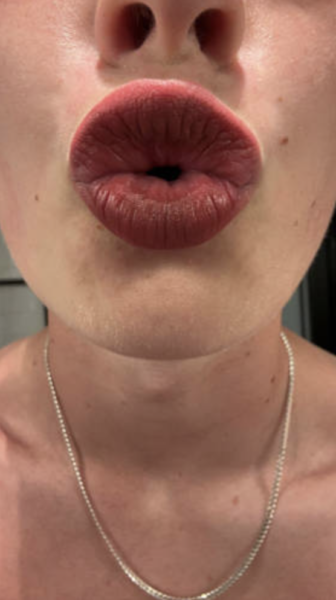
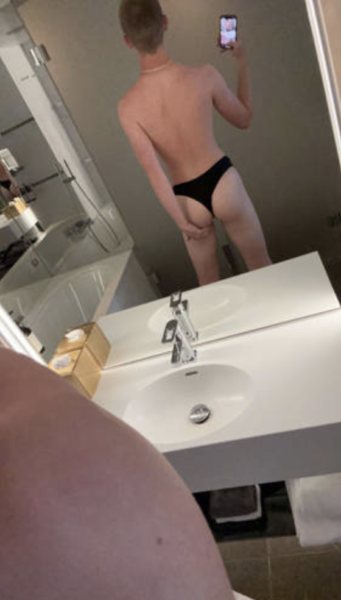


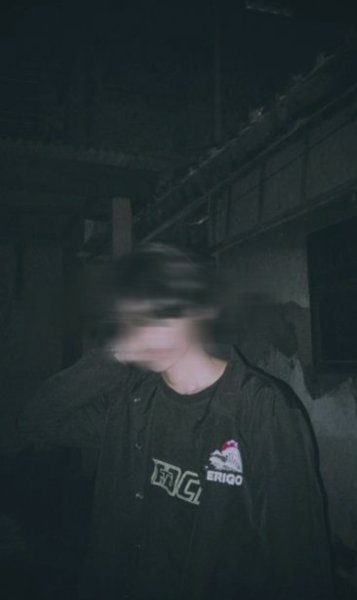

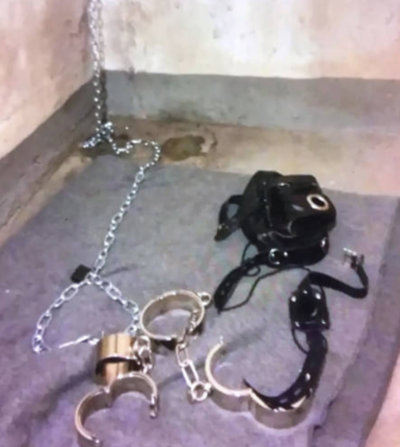




 Now available in North America
Now available in North America 